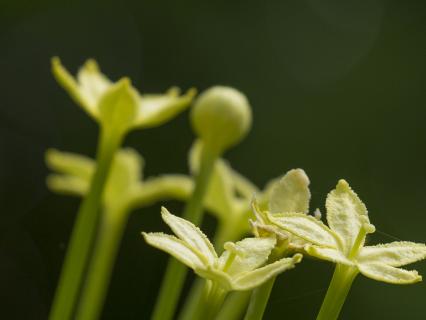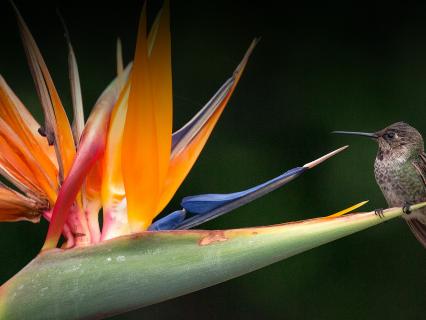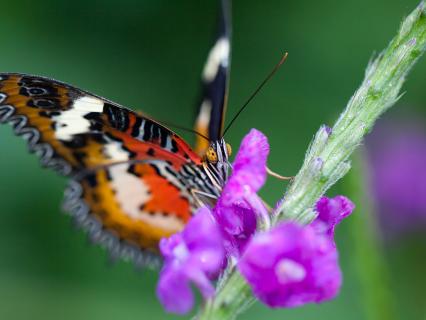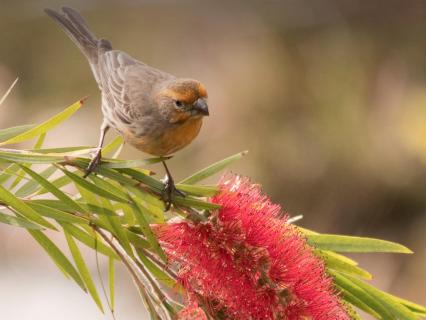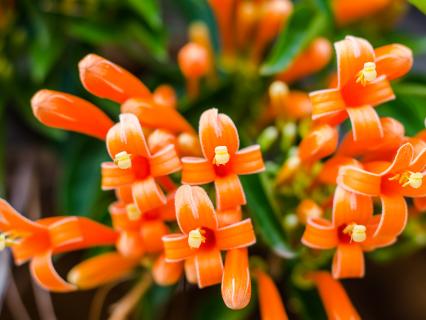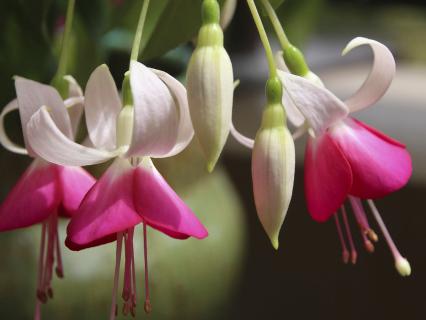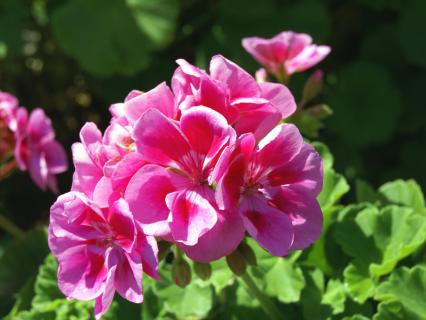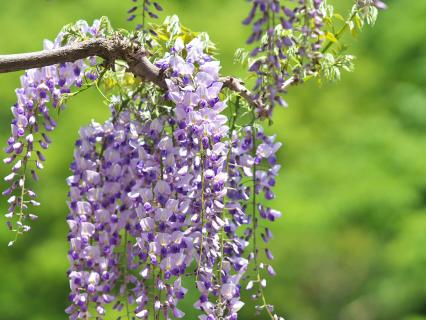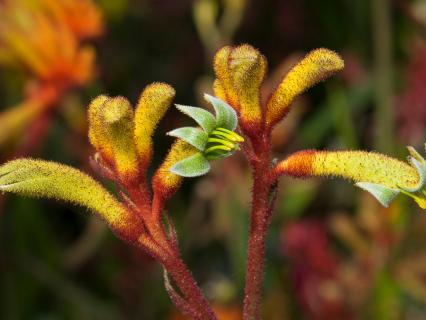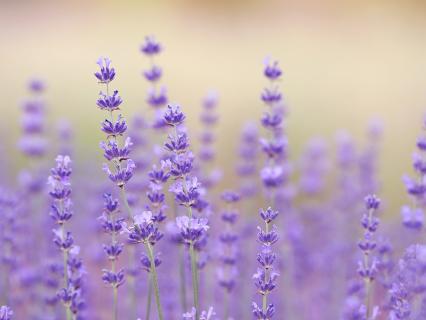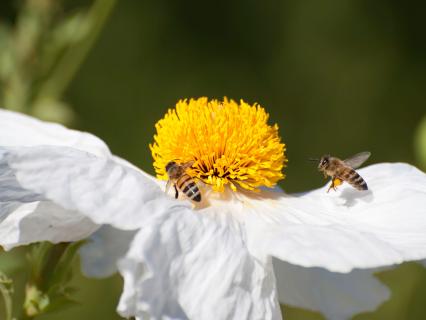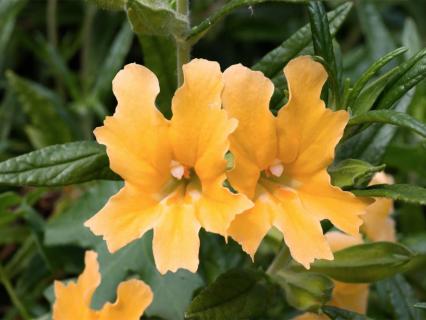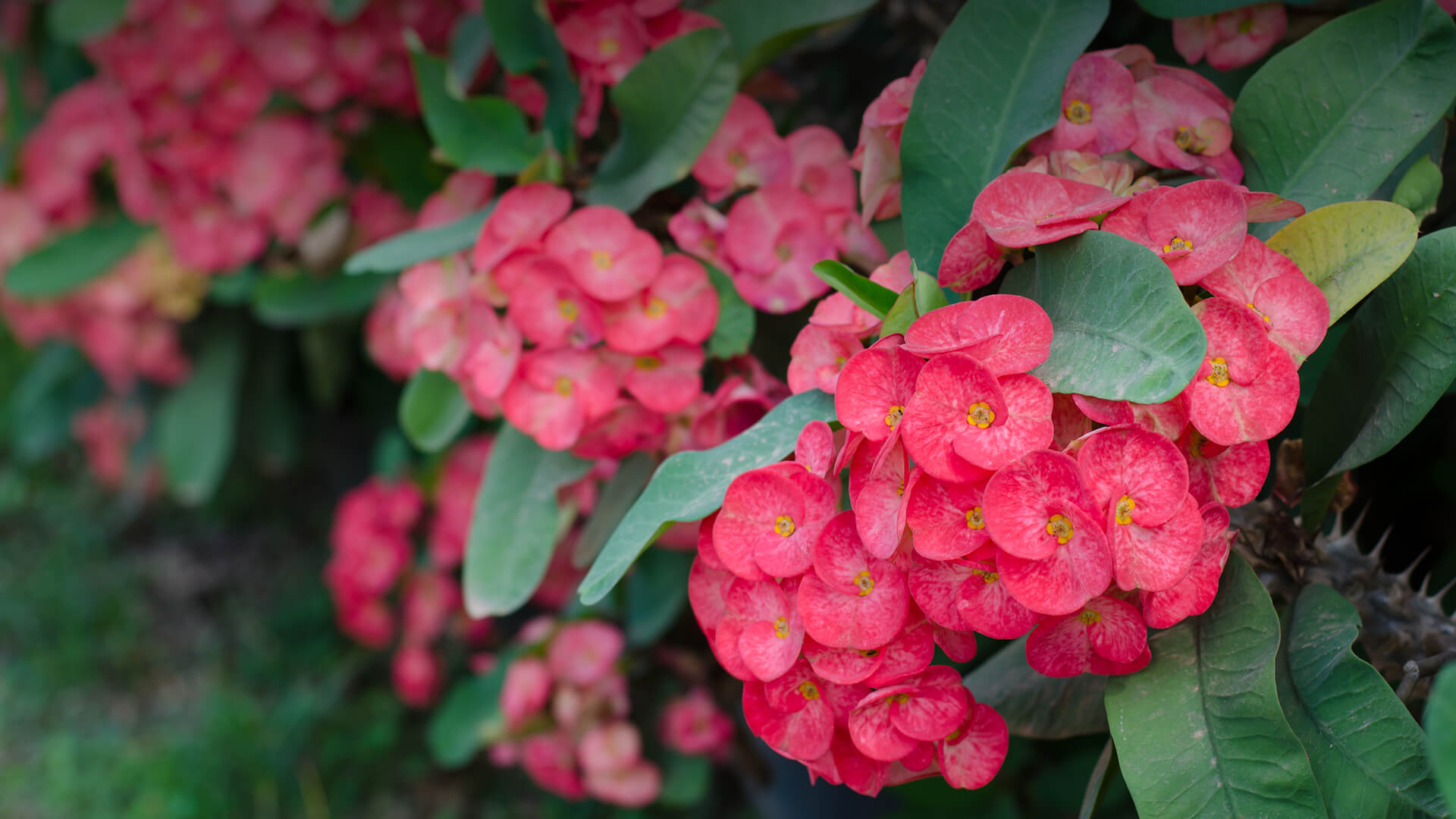
Shrubs and Vines
DEFINING CHARACTERISTICS:
Shrubs: woody, multi-stemmed plants usually less than 13 feet (4 meters) tall.
Vines: Weak-stemmed plants that sprawl on the ground or attach to and climb structures.
Shrub and vine are terms used to describe a plant's growth habit, rather than a taxonomic grouping. Of the two, vines are one of the easiest to identify, because of their obvious efforts to find support for their weak stems. Shrubs, on the other hand, can, with careful pruning, easily be mistaken for trees.
SHRUBS: BASICS
Botanically speaking, shrubs are multi-stemmed woody plants that grow shorter than trees. Depending on their growing conditions, some plants that are considered shrubs can grow as tall as trees. Habitats made up mostly of shrub-type plants are called scrub or shrubland and are classified by how dense the vegetation cover is. For example, a closed-scrub habitat has denser foliage than an open-scrub ecosystem.
VINES: BASICS
We tend to think of plants as stationary, but vines can "travel" by sending out branches, coils, and tendrils to grab hold of whatever is handy, then filling out leaves and stems in that direction.The searching tip of the vine is tender, but once the plant has a good anchor point, the stem grows thicker and tougher, in some cases enveloping the support completely.
SHRUBS: FORMS
Shrubs take many forms, from tight columns to wide umbrella shapes. From property boundary markers to privacy hedgerows, throughout human history people have found many ways to make the most of this growth habit. Carefully clipped shrubs become living sculptures in the topiary art form, and methodically placed shrubs soften hard edges in a planned landscape.
Vines Take Hold
Some vining plants rely on tendrils to grab and anchor them in their travels. The deceptively fine hair-like part of the plant grows from the side of a stem or end of a leaf. It grows straight until it makes contact, then contracts into a spiral and wraps around the support.
Twining vines have stems that spiral and twist around stalks and branches of other plants or poles. Some, like clematis, have leaves that work like tendrils to search out and take hold of support.
Other vines, like English ivy, sprout clusters of short roots from their stems, which have adhesive-like pads that help them stick to almost any surface.
But not all vines climb; scramblers simply creep and sprawl along the ground.



